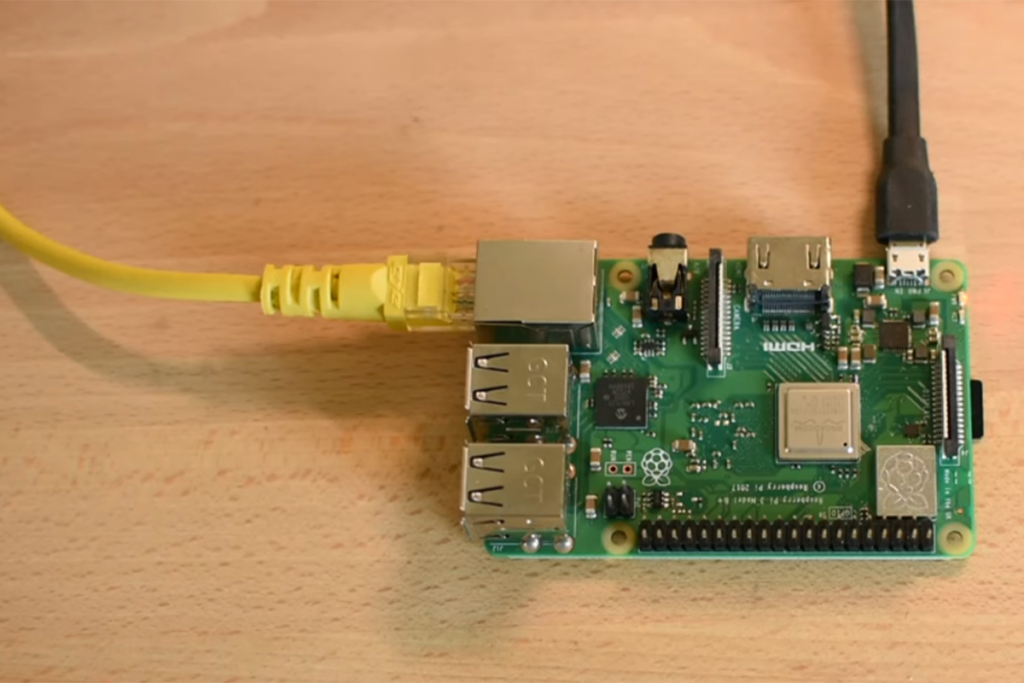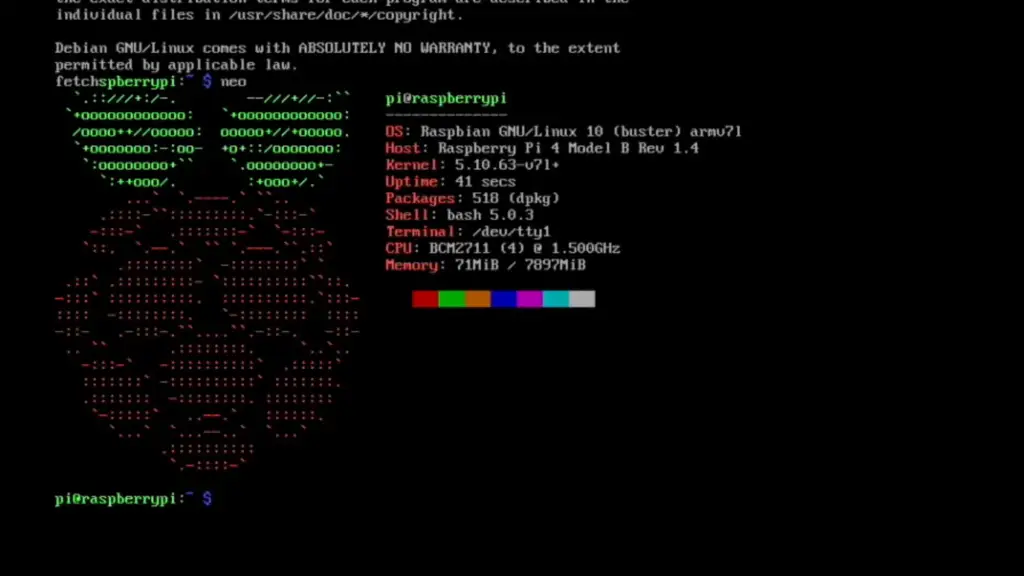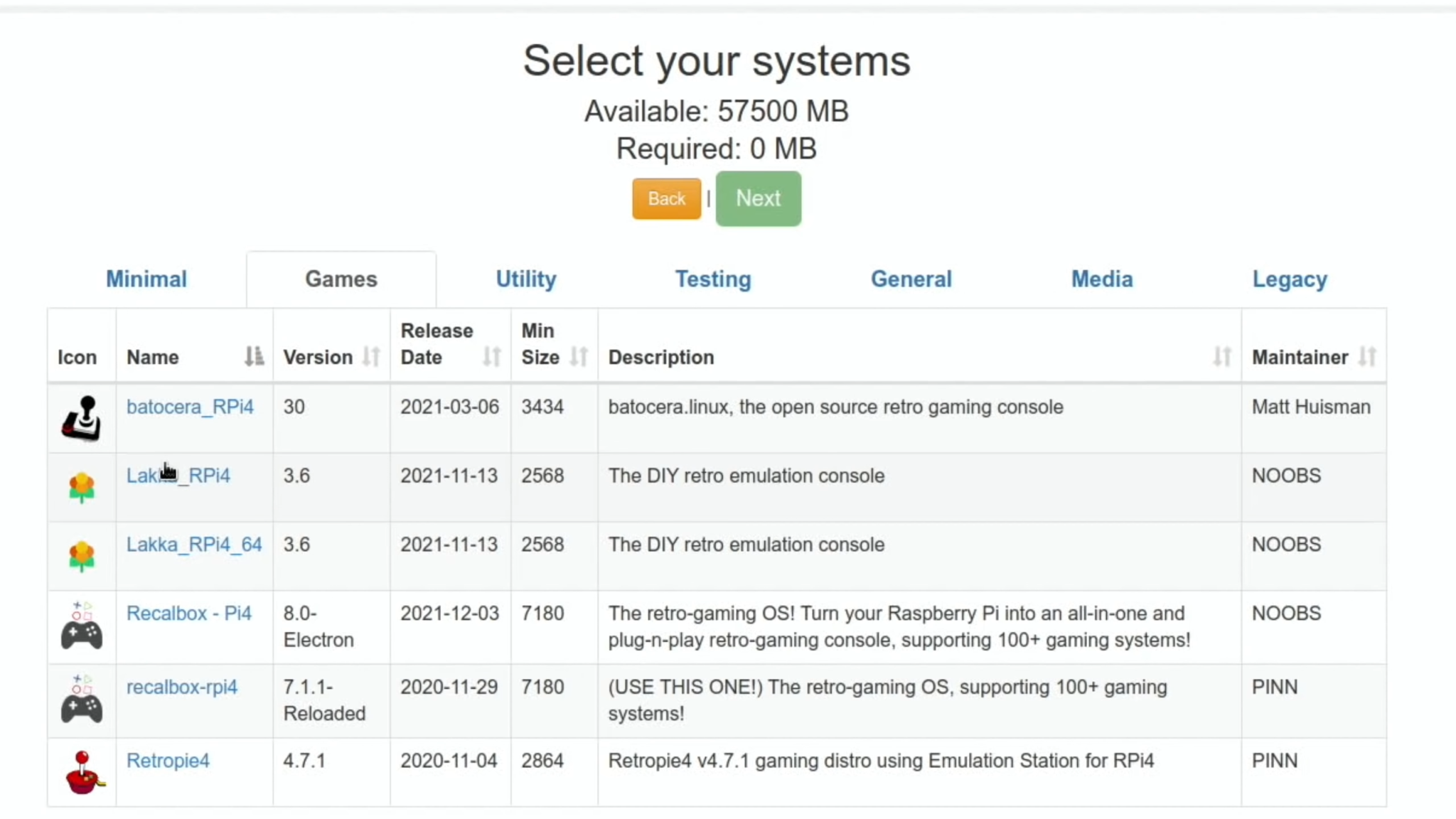Master Raspberry Pi: Ansible Management & More! [Guide]
Tired of the endless SSH sessions just to keep your Raspberry Pi devices in order? There is no need to spend countless hours manually configuring each device when there is an easier, more efficient path to streamlined management.
Imagine a world where updating, monitoring, and maintaining dozens, even hundreds, of Raspberry Pi devices is as simple as clicking a few buttons. This isn't a pipe dream; it's the reality achievable through centralized management systems, particularly when leveraging the power of tools like Ansible. Whether you have a handful of Pis powering your smart home or a fleet deployed across a vast network, mastering centralized management is the key to unlocking their full potential.
| Attribute | Details |
|---|---|
| Name | Ansible |
| Type | Open-source automation tool |
| Primary Use | Configuration management, application deployment, task automation |
| Key Features | Agentless architecture, YAML-based playbooks, idempotent execution |
| Benefits for Raspberry Pi Management | Centralized control, streamlined updates, consistent configuration across multiple devices |
| Official Website | https://www.ansible.com/ |
One of the best ways to control and monitor multiple raspberry pi devices is to use a tool called ansible. This powerful open-source automation engine simplifies tasks ranging from software provisioning and configuration management to application deployment. Its agentless architecture means no additional software needs to be installed on the Raspberry Pi devices themselves, streamlining the setup and reducing overhead.
For those managing Internet of Things (IoT) deployments, alternative solutions like Balena Cloud offer centralized dashboards for monitoring and controlling numerous devices, including Raspberry Pis. As one user shared, "I have been using them for a year now and they are great. There support team is awesome!" Balena Cloud is completely free for makers and prototyping, providing a cost-effective solution for hobbyists and developers alike.
Chef is another option, providing granular control over execution frequency. On resource-constrained Raspberry Pis, you might configure Chef to run only once a day, minimizing the impact on performance. This level of customization can be crucial in environments where every bit of processing power counts.
Why control multiple raspberry pi devices? Because controlling multiple raspberry pi devices opens up a world of possibilities for scaling your projects. Think of a distributed network for IoT applications or streamlined automation processes across multiple systems. The possibilities are vast.
- Free Raspberry Pi Remote Iot Monitoring Easy Setup Guide
- Exploring Real Bullet Trump Hunter Biden Masafun Now
One of the most effective ways to manage multiple Raspberry Pis is by setting up a centralized management system. This allows you to control and monitor all devices from a single interface, streamlining your workflow and improving efficiency. Plus, the cloudlet case accepts up to 8 rpis which would be a lot to manage manually.
Consider the simple, yet crucial, task of changing the default password on each Raspberry Pi. Manually SSHing into each device is time-consuming and error-prone. A centralized system can automate this process, ensuring consistent security across your entire fleet. Similarly, other configuration tasks, like updating software packages or modifying system settings, can be performed en masse, saving countless hours of manual labor.
On March 27, 2024, Picockpit unveiled its latest version, offering a web-based interface designed specifically for managing Raspberry Pi devices. This tool provides a visual representation of your devices, allowing you to monitor their status, manage files, and execute commands remotely. The press release highlighted its ease of use and comprehensive feature set, making it an attractive option for both novice and experienced users.
By using a Raspberry Pi, you can manage multiple devices across a wide variety of networks, allowing you to better control and monitor your environment. With the flexibility that comes with Raspberry Pi, users can choose the right setup for their needs.
Consider the experience of one user who has "a ton of raspberry pis around the house and in my server room." These devices power various functions, including Network UPS Tools (NUT) servers, which are integrated into Home Assistant for monitoring UPS systems. "Seeing my nut servers in one place is why i started using home assistant just a few weeks ago now," they shared. However, their problem is that they have "no way to manage, update, and maintain all these raspberry pis." It takes forever to SSH into all of them.
Another user described a project involving "about 200 Raspberry Pi 4 scattered throughout Italy." For this large-scale deployment, they need "a web console where I can see a list of all the raspberry if they are up, a possible resource monitor, file manager, etc." This highlights the critical need for centralized management tools in geographically dispersed deployments.
When managing multiple Raspberry Pis, it's also essential to consider the software running on each device. Often, projects rely on Python, and managing multiple Python installations can become a headache. Tools like Pyenv can simplify this process, allowing you to install and configure different Python versions on each Raspberry Pi. This is particularly useful when dealing with projects that require specific Python versions or when you want to test new versions without disrupting existing installations.
Installing Pyenv on a Raspberry Pi is straightforward, and numerous tutorials are available online to guide you through the process. Once installed, Pyenv allows you to easily switch between different Python versions, ensuring compatibility and stability across your Raspberry Pi fleet.
In the context of managing multiple Raspberry Pi units, it's worth noting the integration with Arduino. Many projects combine the processing power of the Raspberry Pi with the real-world sensing and control capabilities of the Arduino. Managing these interconnected systems requires a holistic approach, encompassing both the Raspberry Pi and the Arduino components.
In essence, managing multiple Raspberry Pi devices effectively requires a combination of the right tools, a well-defined strategy, and a willingness to adapt to the specific needs of your deployment. Whether you're automating your home, building a distributed sensor network, or powering a large-scale IoT project, mastering centralized management is the key to success.
- Sam Milby From Pbb Star To Health Journey Relationships
- Hyungry Temporary Replacement Ep 3 What Fans Are Saying

Mastering The Art Of Managing Multiple Raspberry Pi Devices

How to Manage Multiple Raspberry Pi Devices? ElectronicsHacks

How to Manage Multiple Raspberry Pi Devices? ElectronicsHacks